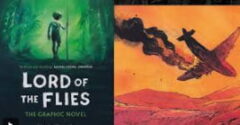Contents
Every day, we go to work, follow the rules, attend meetings, and strive to achieve our goals in a civilized manner. But what would happen if all these rules, all this social pressure, and all the “to-do” lists suddenly disappeared? How would the people in that meeting room (and you) really behave if your boss, your manager, or even the law itself didn’t exist? William Golding‘s chilling, Nobel Prize-winning masterpiece, Lord of the Flies, poses precisely this question.
First published in 1954, this novel appears to be about a group of children’s struggle to survive on a deserted island, but it is actually a work with profound philosophical and sociological layers that reflects the darkest aspects of human nature. The novel masterfully reveals the fragility of the concept we call “civilization.”
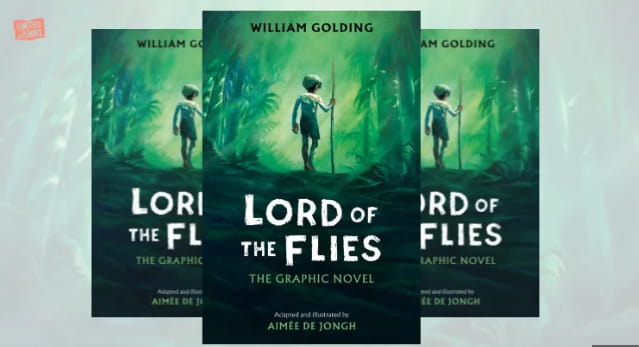
The novel’s story begins with a group of British children stranded on a deserted island after a plane crash, attempting to establish a new order in the absence of their elders. However, over time, the rivalry, fear, and lust for power become uncontrollable. This transformation causes the primal impulses and savagery within the children to surface. Thus, the book creates a powerful philosophical debate that questions whether humans are inherently evil.
Lord of the Flies book is not just a story of children stranded on a deserted island; it is also a timeless series of metaphors that explore the primitive human nature beneath our thin shell of civilization, how an organization is built and how it collapses, and how brutal the struggle for leadership can be. In this respect, it is somewhat reminiscent of The Midnight Library. In this article, we will delve into the depths of this groundbreaking classic and see what lessons it holds for modern business life.
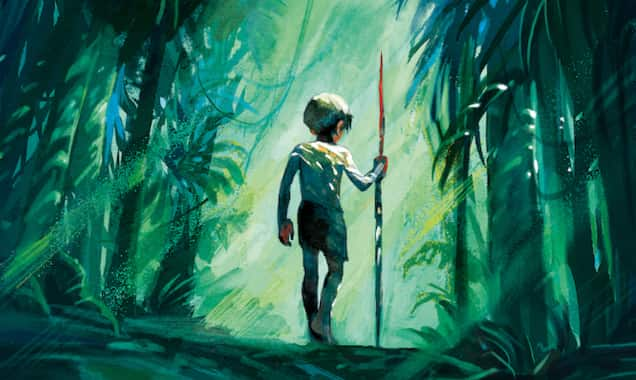
The Beginning and Subject of the Story
Lord of the Flies begins when a plane carrying a group of British schoolchildren crashes onto a deserted coral island during a nuclear war. Fortunately, while the adults on board perish, most of the children survive. Initially, this situation seems less like a disaster and more like an adventure without adults or rules. The island is a tropical paradise, abundant in fruit, fresh water, and a wealth of mysteries waiting to be discovered. The children are filled with dreams of building a life like Robinson Crusoe in this new and free world.
Soon, two potential leaders emerge among the children. The first is Ralph, a handsome, charismatic, and logical man. He manages to unite all the children on the island by stealing a giant conch shell (a pipe) he finds on the beach. This conch shell becomes a symbol of order, voice, and democracy. The children decide they must choose a leader and choose Ralph as their chief. His priority is to light a fire and keep it burning, signaling passing ships with smoke so they can be rescued. So, his goal is to rebuild civilization and escape the island.
Another potential leader is Jack, the red-haired, authoritarian leader of the school choir. Initially reluctantly accepting Ralph’s leadership, Jack is passionate about hunting. He and his choir are tasked with hunting the wild boars on the island. However, Jack’s passion for hunting gradually transforms from a simple need to a desire for bloodshed and a primal display of power. His priorities are not to be rescued, but to survive, hunt, and rule the island.
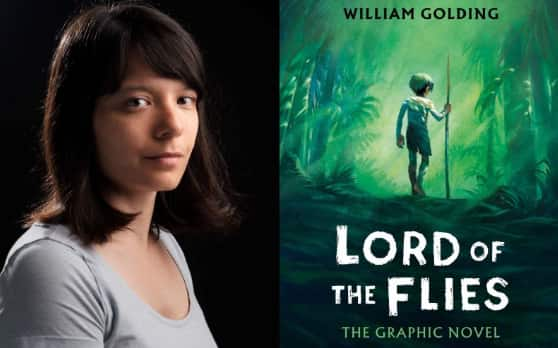
The Nature of Man and the Beast!
At the heart of the lord of the flies story lies the clash of these two different understandings of leadership and two different worldviews. Ralph represents logic, order, long-term planning, and democracy, while Jack represents instinct, chaos, instant gratification, and autocracy. Through these two characters, William Golding gradually reveals the fine line between civilization and savagery, and how the slide toward the dark side of human nature begins.
The initial atmosphere of adventure and hope gradually gives way to fear, distrust, and division. The children are terrified by rumors of a “monster” on the island. Fear of this “monster” fuels Jack’s popularity, as he, along with his hunters, promises protection against this monster. Gradually, the fragile civilization Ralph strives to establish is threatened by the rise of the primitive tribe under Jack’s leadership. Lord of the Flies tells the story of how, in the absence of adults, children create their own hell on a seemingly idyllic island.
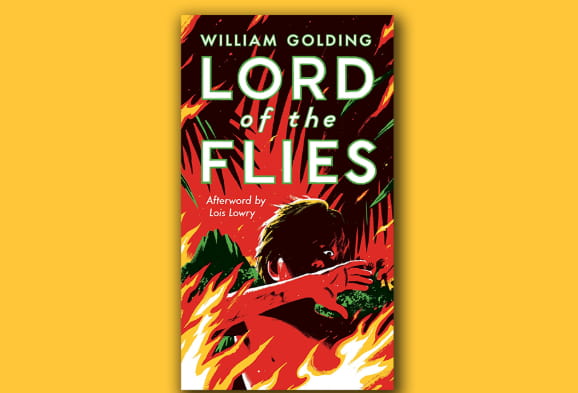
Arena of Characters: Leadership and the Clashes
The characters in Lord of the Flies novel are not just children, but archetypes of different human and political philosophies.
- Ralph represents the democratic leader. His power comes from the seashell he holds—the rules, the assembly, and the belief that everyone has a say. He tries to do what makes the most sense for the group: build shelters, keep the fire burning, and wait for rescue. However, because his leadership is based on abstract principles, not concrete power or fear, it weakens as chaos and fear grow. Ralph is a tragic symbol of how fragile order and reason can be in the face of primal instincts.
- His polar opposite, Jack, represents the autocratic and totalitarian leader. His power comes from his spear, painted faces, and the primal ecstasy of the hunt. Instead of the abstract promise of salvation, he offers children tangible things: meat, hunting parties, and, most importantly, protection from the “beast.” Jack knows how to manipulate people’s fears and base instincts. He maintains discipline and order not through rules and speeches, but through rituals, slogans, and ultimately violence. He is the purest, most primitive form of power and control. This struggle for leadership forms the central dynamic of the book.
- Caught between these two leaders, perhaps the most important character on the island is Piggy. Piggy represents intelligence, science, and reason. He is constantly ostracized by the children because he wears glasses, is overweight, and has asthma. However, he comes up with the most rational ideas on the island. He is the one who conceives of using his glasses to light the fire, constantly reminds them of the importance of the seashell, and tries to rationalize the fear of the “monster.” Unfortunately, because he is physically weak and lacks charisma, no one listens to him. Piggy is a stark example of how reason and science can be powerless against brute force and superstition.
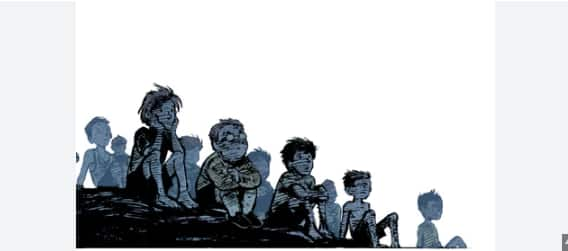
Simon and Other Characters
Then there’s Simon, a mysterious and wise character. He’s almost a prophet or saintly figure. Unlike the other children, he’s the only one who senses that the “beast” isn’t somewhere out there, but actually within them. He’s the first to discover the dark side of human nature, the “Lord of the Flies.” However, when he tries to explain this horrific truth to others, they fail to understand him and tragically destroy him. Simon symbolizes how truth and spirituality can be destroyed by mass hysteria and ignorance.
The other children represent the masses that gather around these leaders, that is, society. While initially supportive of Ralph’s logical order, as fear and hunger grow, they gravitate toward the security and primitive entertainment offered by Jack. Their shift serves as a microcosm of how societies can easily abandon democratic values in times of crisis and seek refuge behind an authoritarian leader.
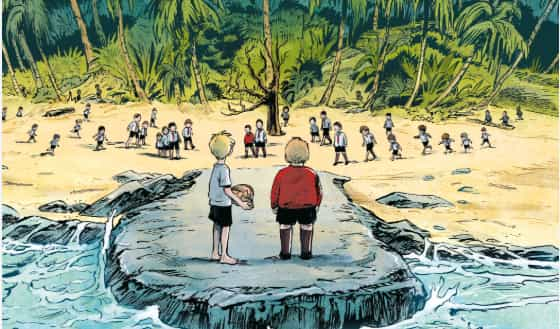
Symbols: The Shell and the Lord of the Flies
William Golding weaves his novel with powerful symbols, and understanding these symbols is crucial to grasping the depth of the story. Chief among these symbols is the giant seashell Ralph finds. The seashell symbolizes civilization, order, democracy, and the power of law. Whoever holds the shell has the right to speak, and their voice maintains order. As the story progresses, the children’s respect for the shell wanes, and its eventual shattering symbolizes the tragic moment when civilization and order on the island completely collapse.
Piggy’s glasses symbolize science, technology, and intellectual power. The children can only light the fire—the most vital resource on the island—using the lenses in Piggy’s glasses. In other words, their survival and hope for rescue depend on the glasses of the intelligent boy they despise. The breaking and eventual theft of one of the glasses symbolizes the gradual disappearance of reason and logic on the island, with primitive instincts extinguishing the light of science.
The most terrifying symbol from which the novel takes its title is Lord of the Flies. Jack and his hunters impale the head of a hunted boar on a spear and offer it as an offering to the “beast.” Over time, this boar’s head rots and becomes covered with flies. This hideous image is the “Lord of the Flies” (one of the names of Satan, “Beelzebub” in Hebrew). In a scene where Simon hallucinates with this head, he hears it speaking to him, telling him that the true monster lies within the children. This concept embodies the primal, savage, dark, and destructive force within humans—evil itself.
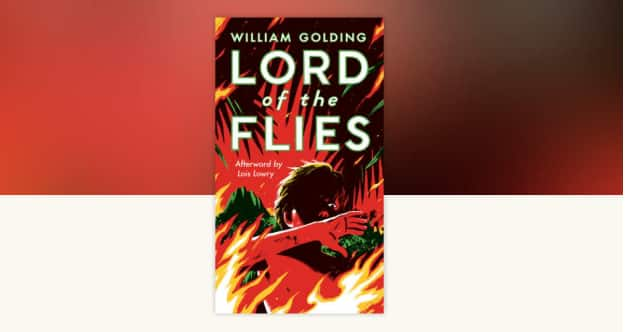
Conclusion: Why Should You Read This Novel?
The fear of the “monster” on the island is a symbol in itself. Initially mistaken for a real creature, this monster is actually a reflection of the children’s own fears, superstitions, and inner savagery. Jack uses this imaginary enemy to gain power and rally the children around him. This is a perfect allegory for how many totalitarian leaders throughout history have controlled the masses by creating an “external enemy.”
Finally, the island itself is a symbol. Initially appearing as a Garden of Eden, this tropical island transforms into a blazing inferno as the evil within the children emerges. This is a powerful metaphor for how human nature can contaminate and destroy even the purest and most beautiful environments. Through these symbols, William Golding transforms his story from a simple adventure into a timeless critique of humanity.
So, what does this pessimistic and unsettling story tell a career path? Lord of the Flies shows us the delicate balance that leadership is. It’s not enough to simply be well-intentioned and rational, like Ralph; a leader must also be able to manage the emotional needs and fears of the group. Leadership based on fear and immediate gain, like Jack’s, may seem effective in the short term, but ultimately leads to destruction and chaos. The book reminds us of the vital importance of “culture” and “rules”—that thin line of civility—in an organization.
#lordoftheflies
#williamgolding
